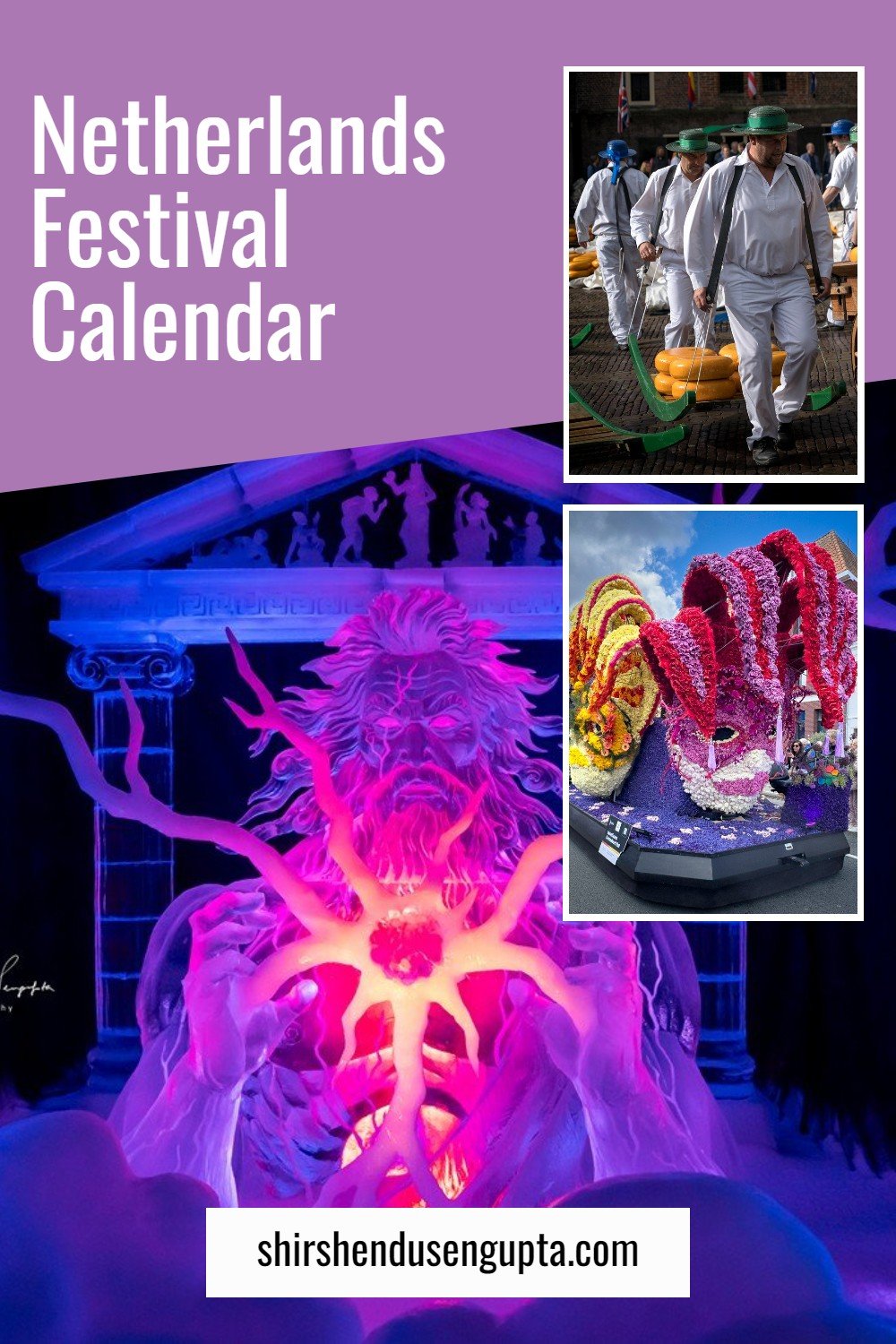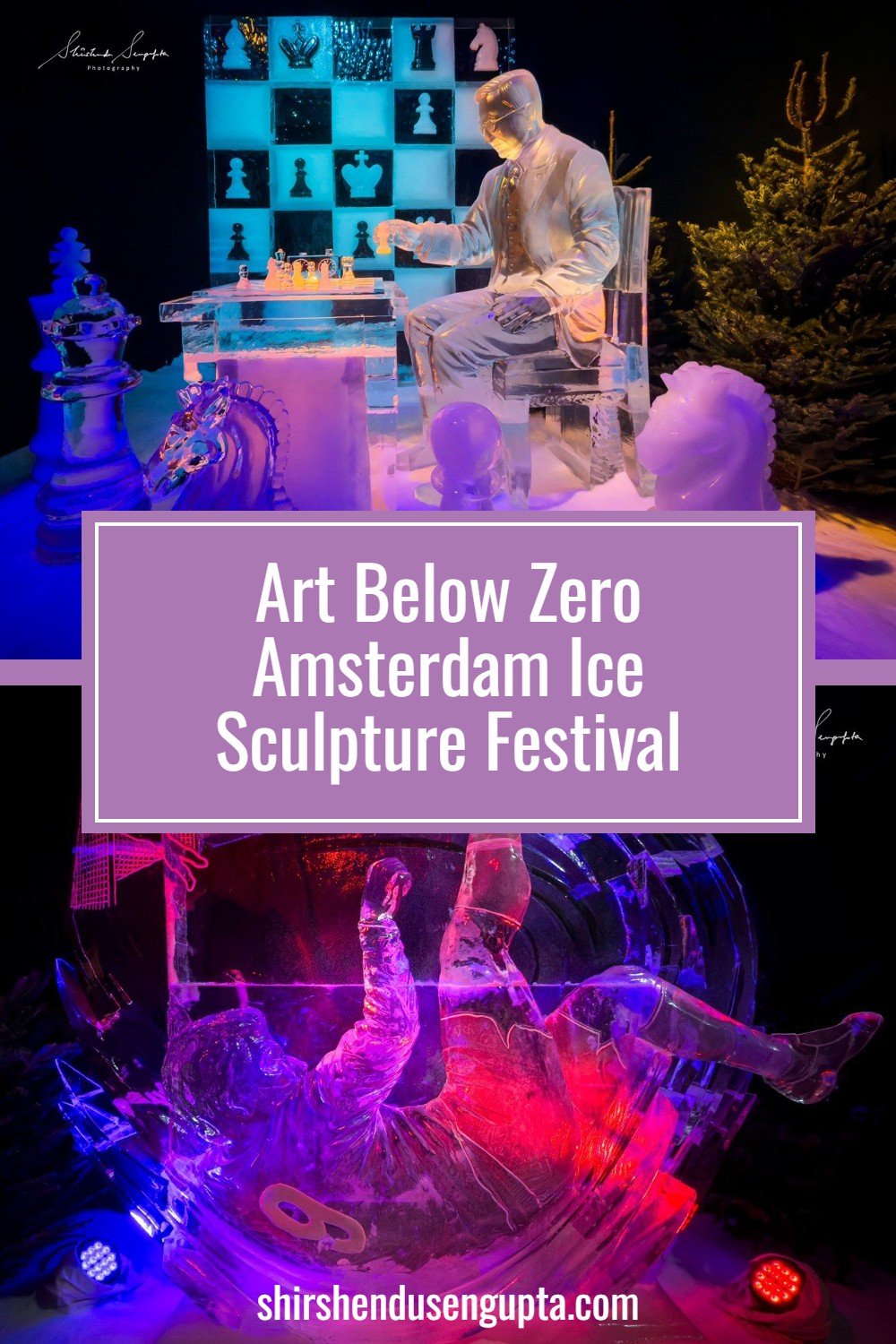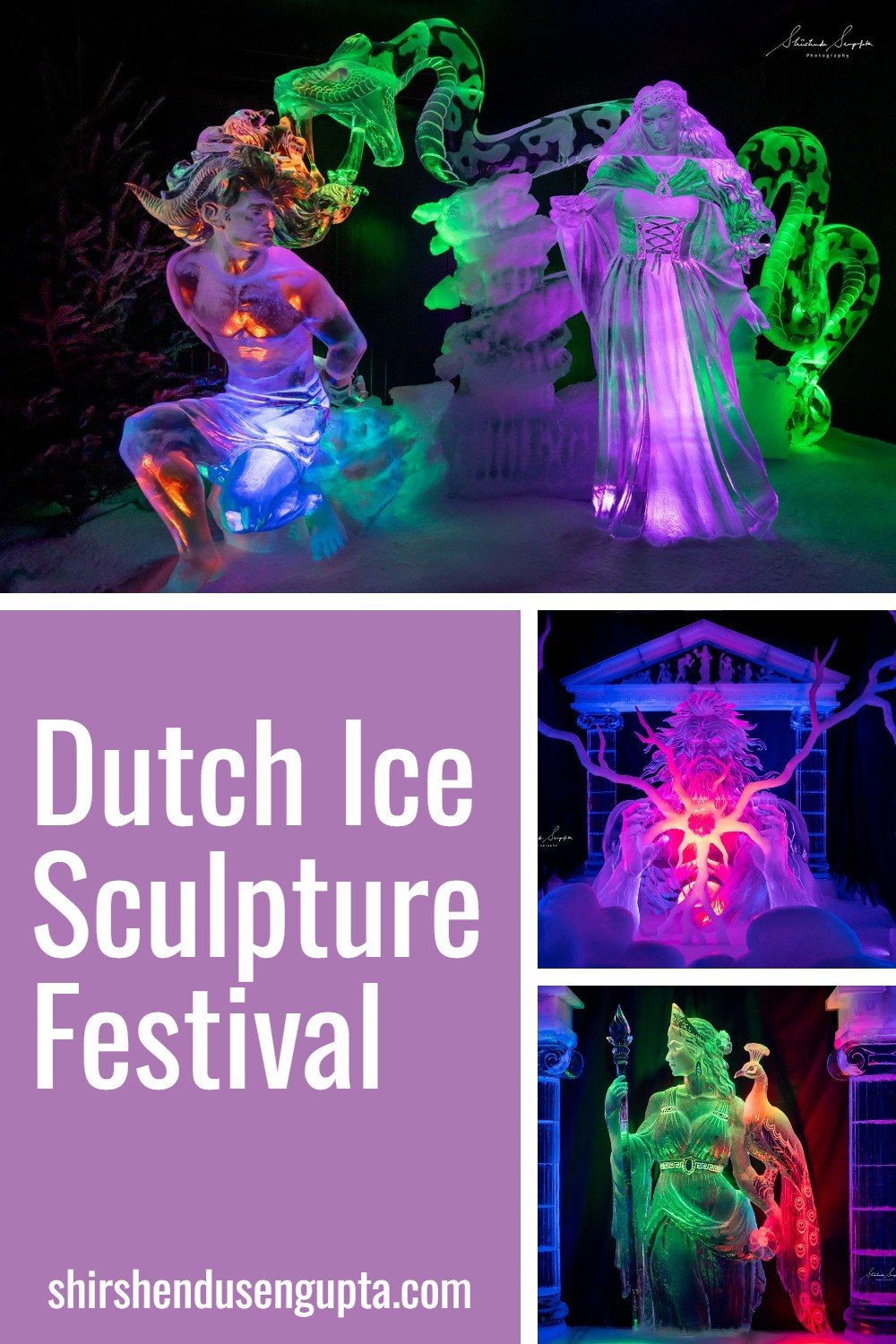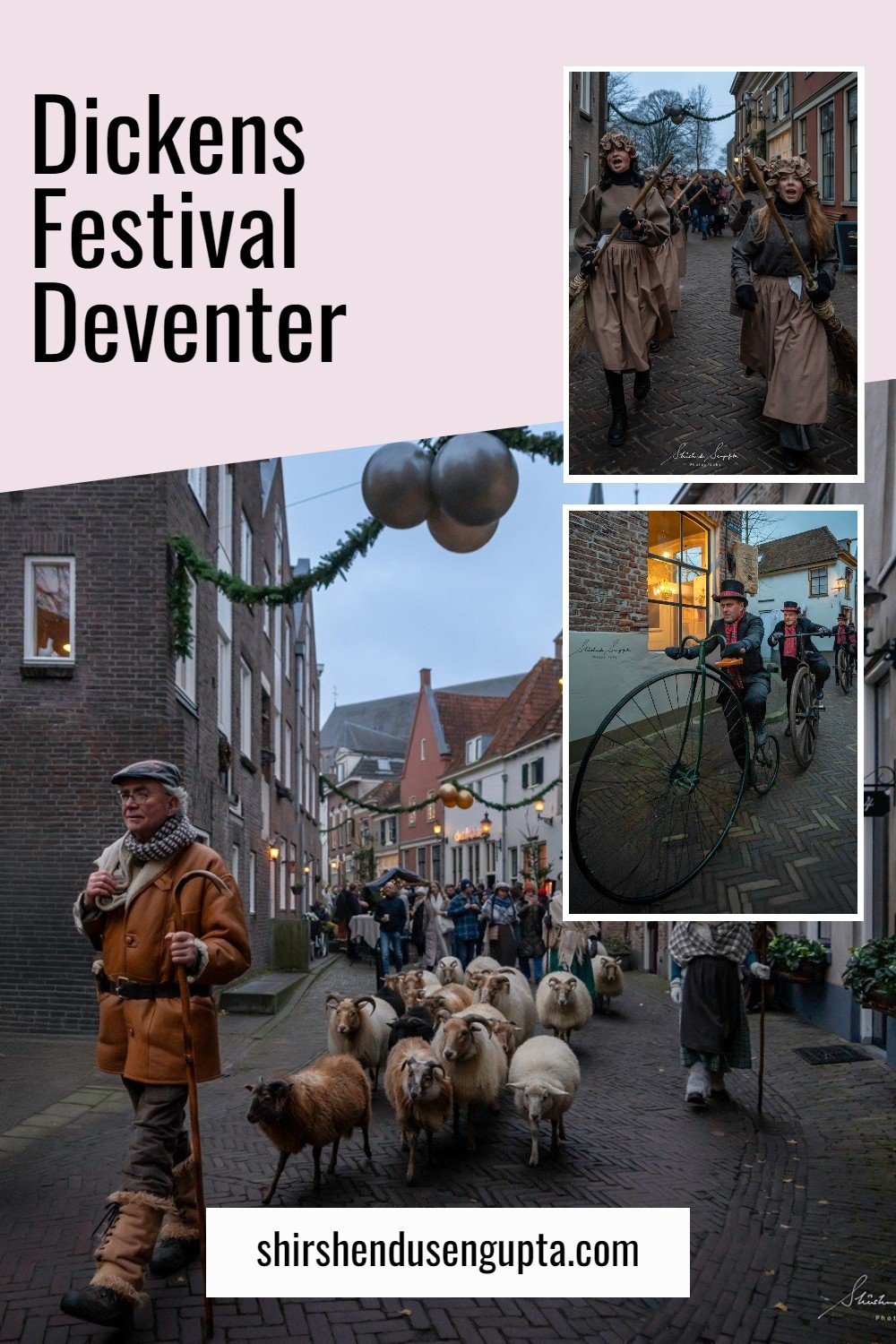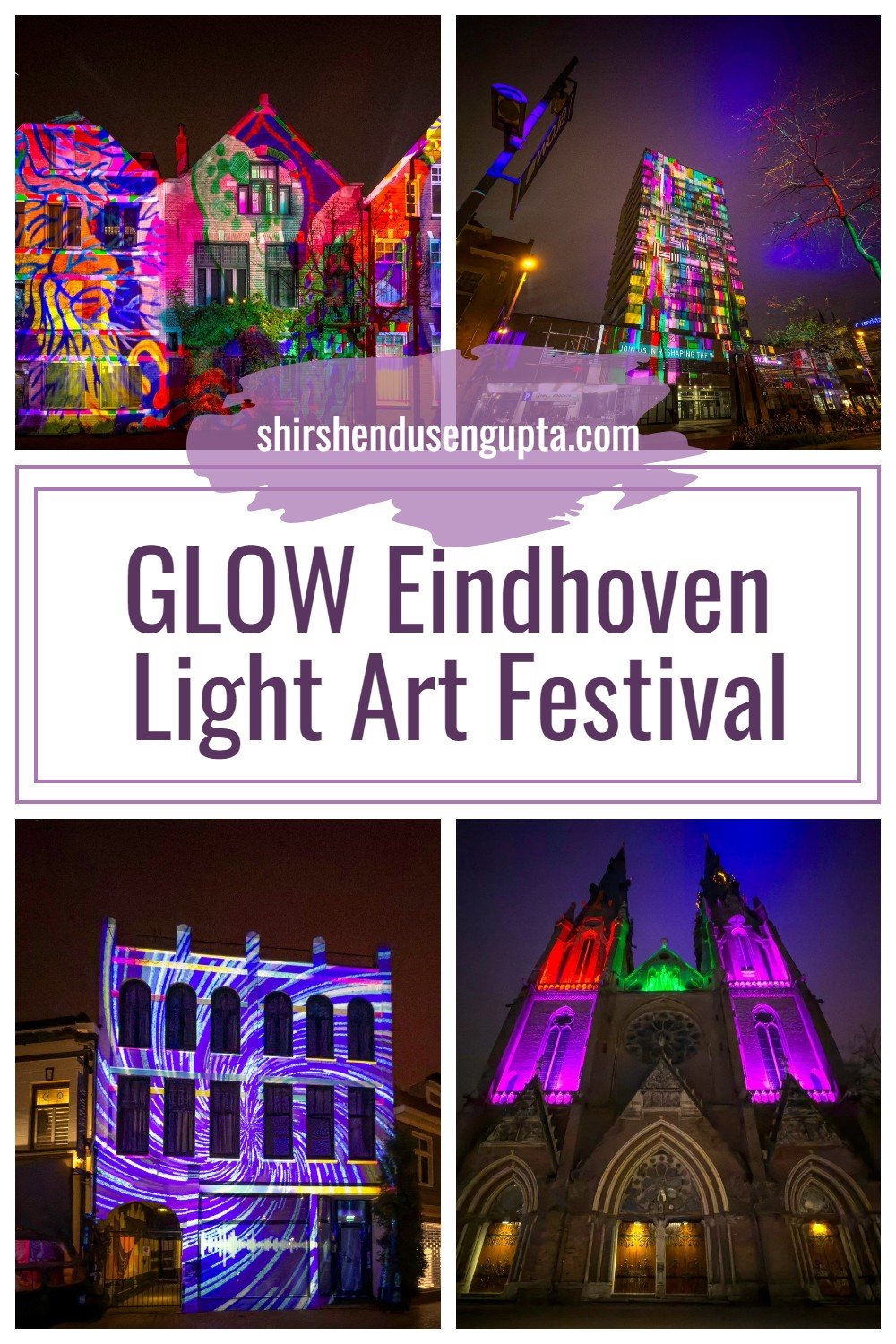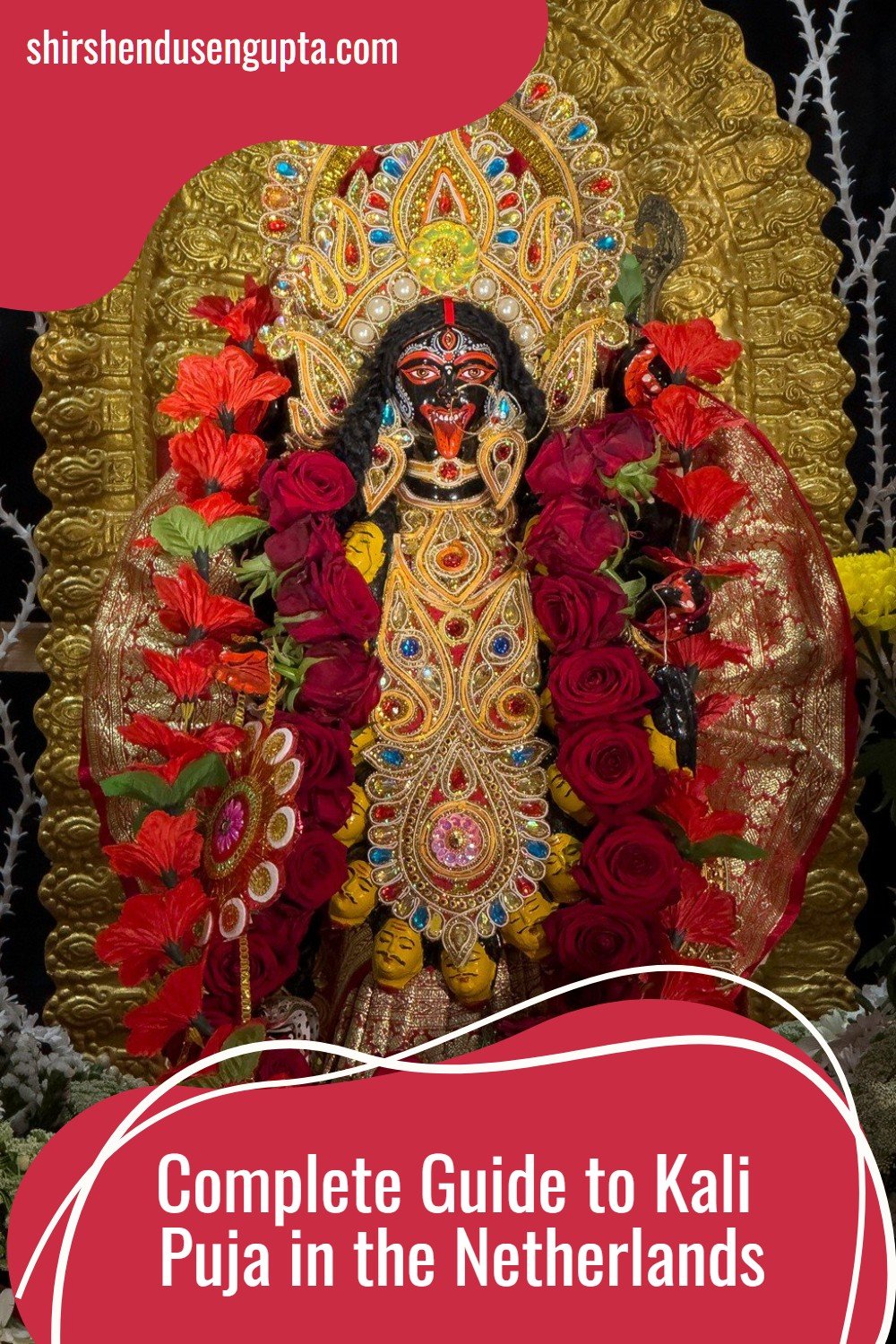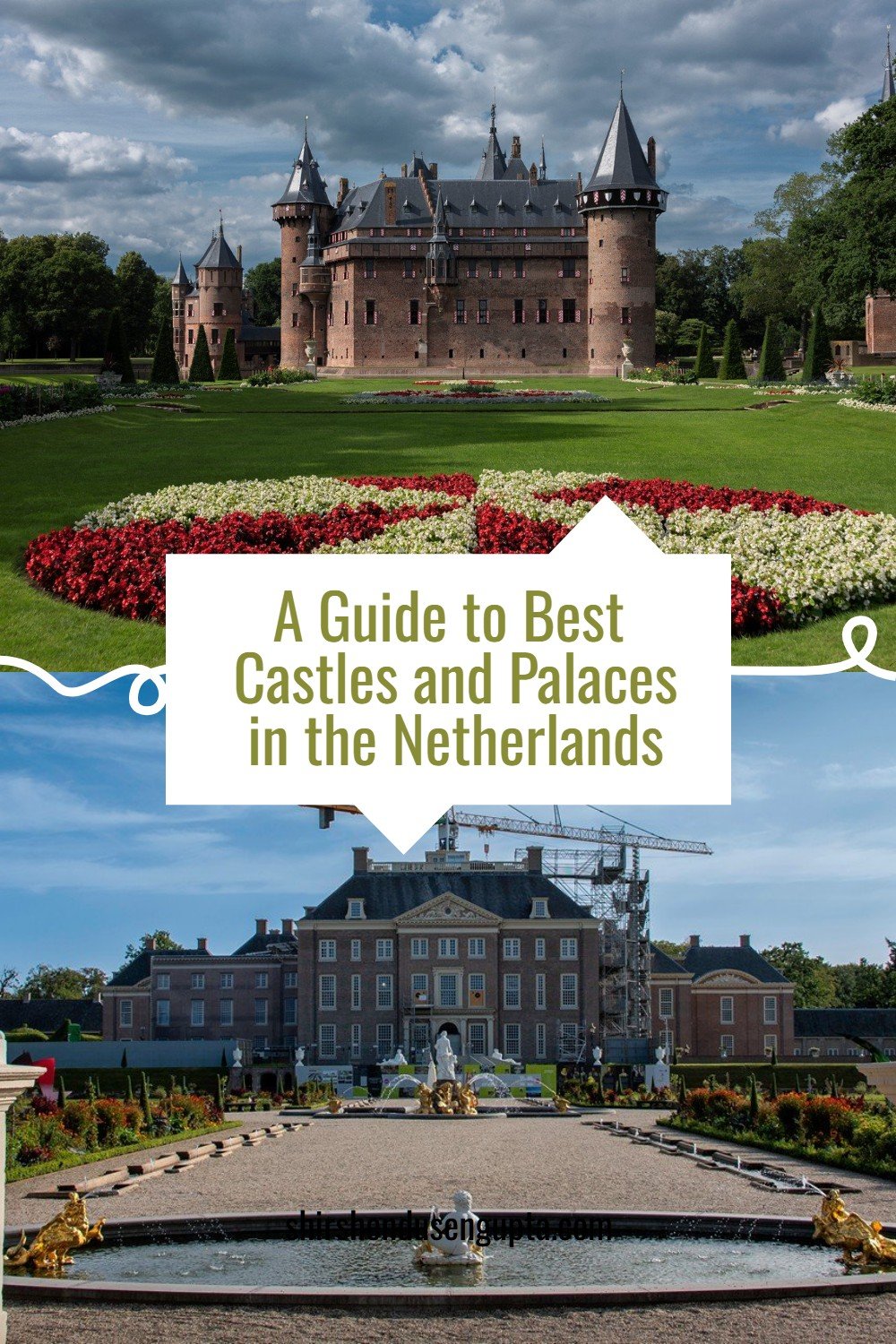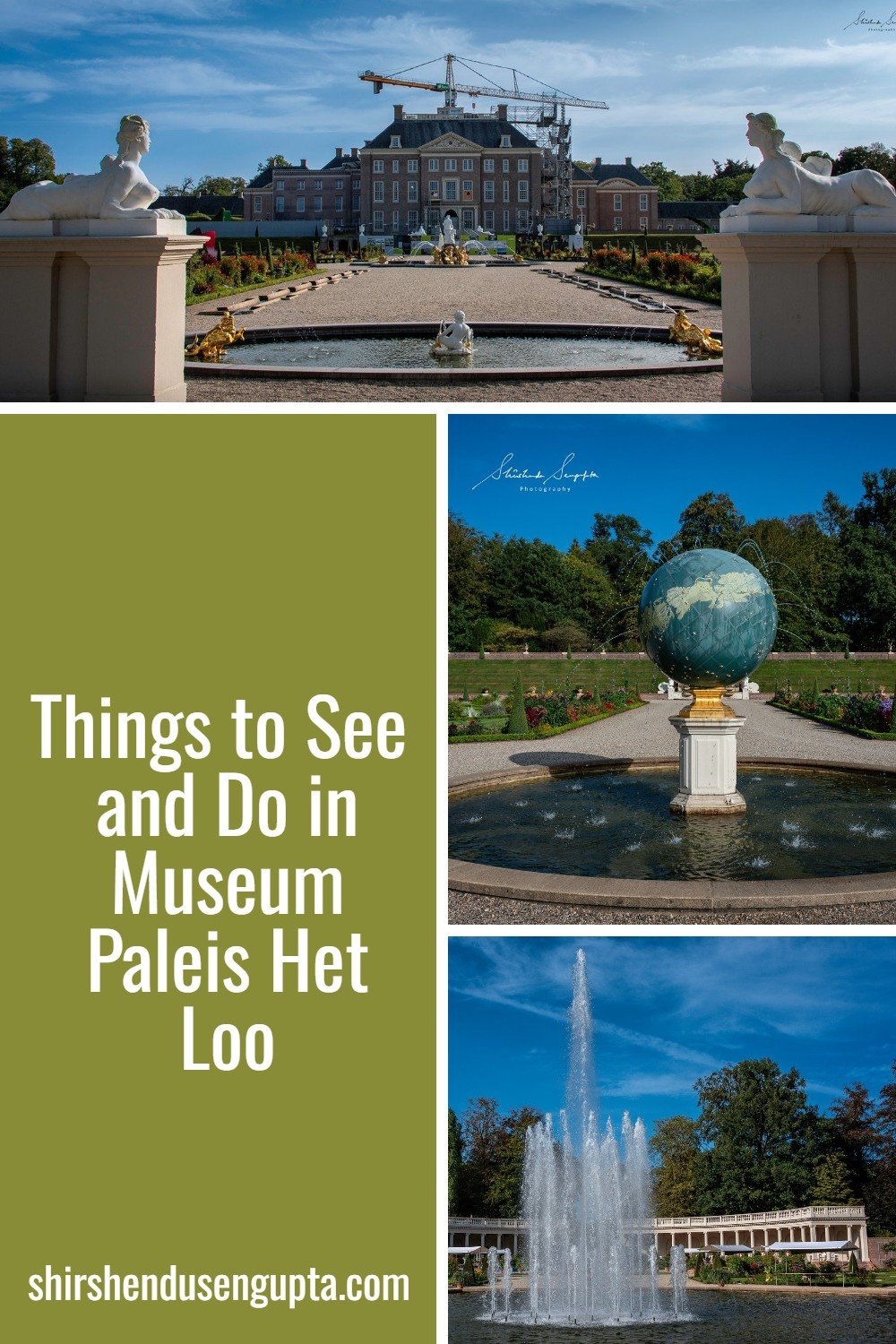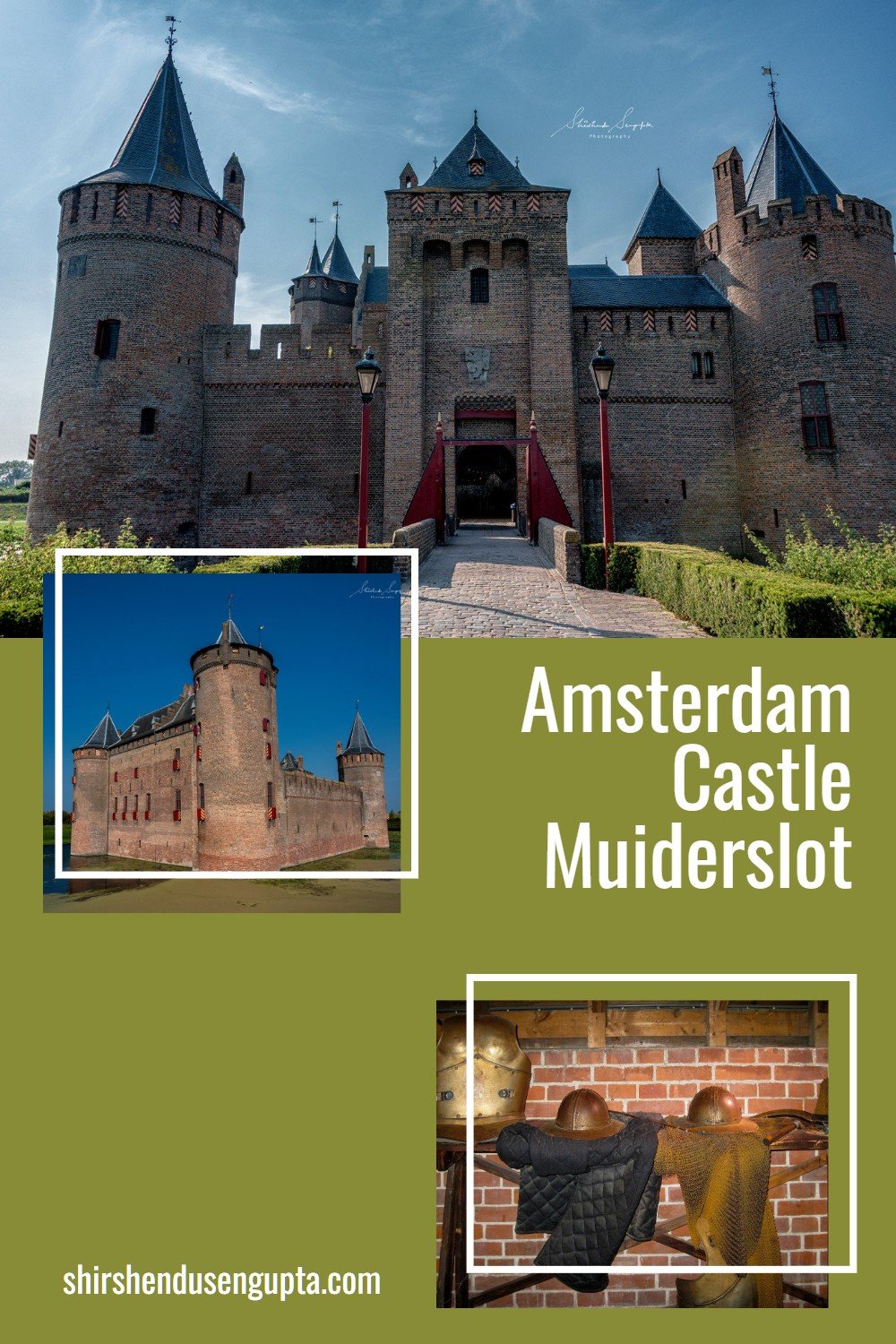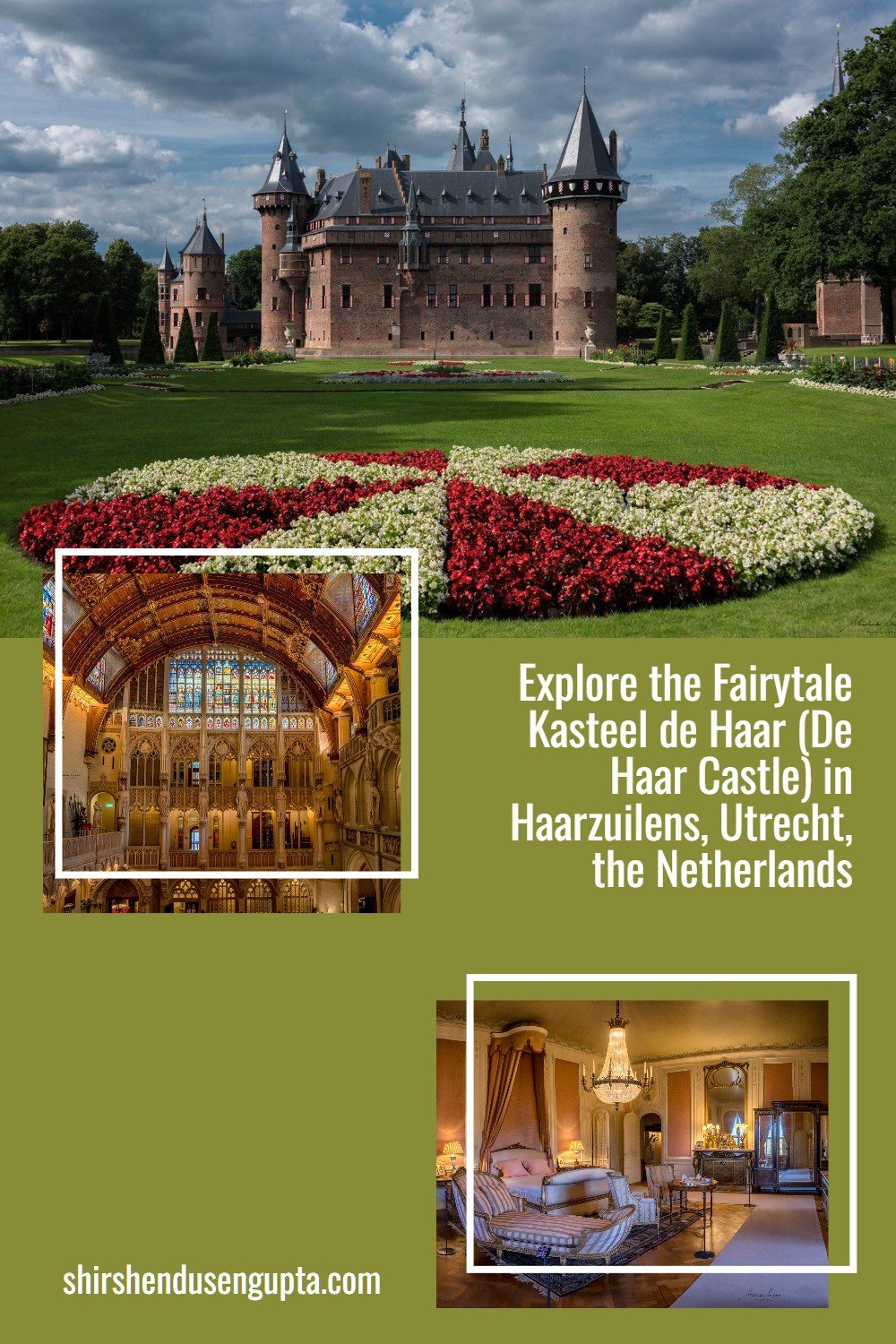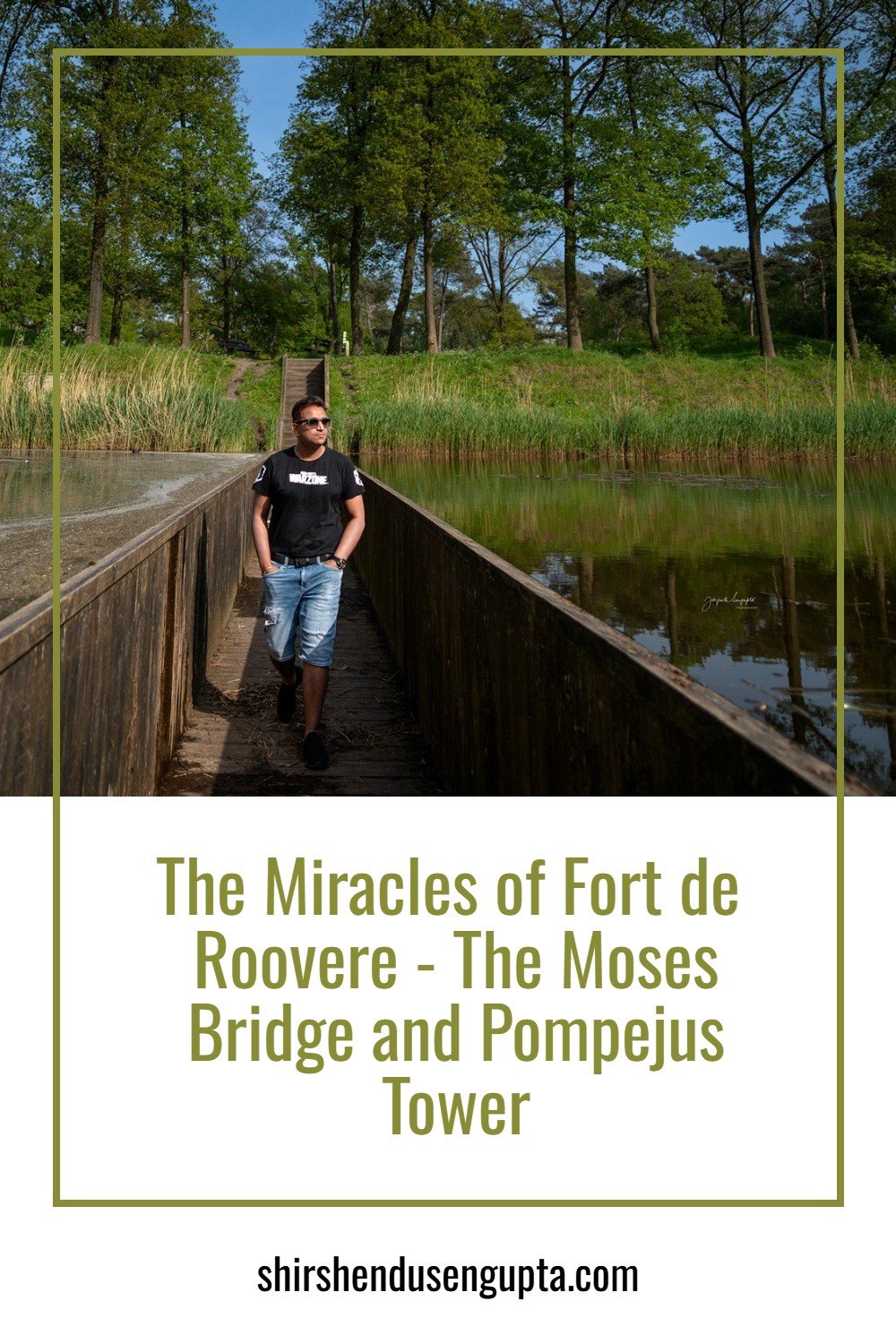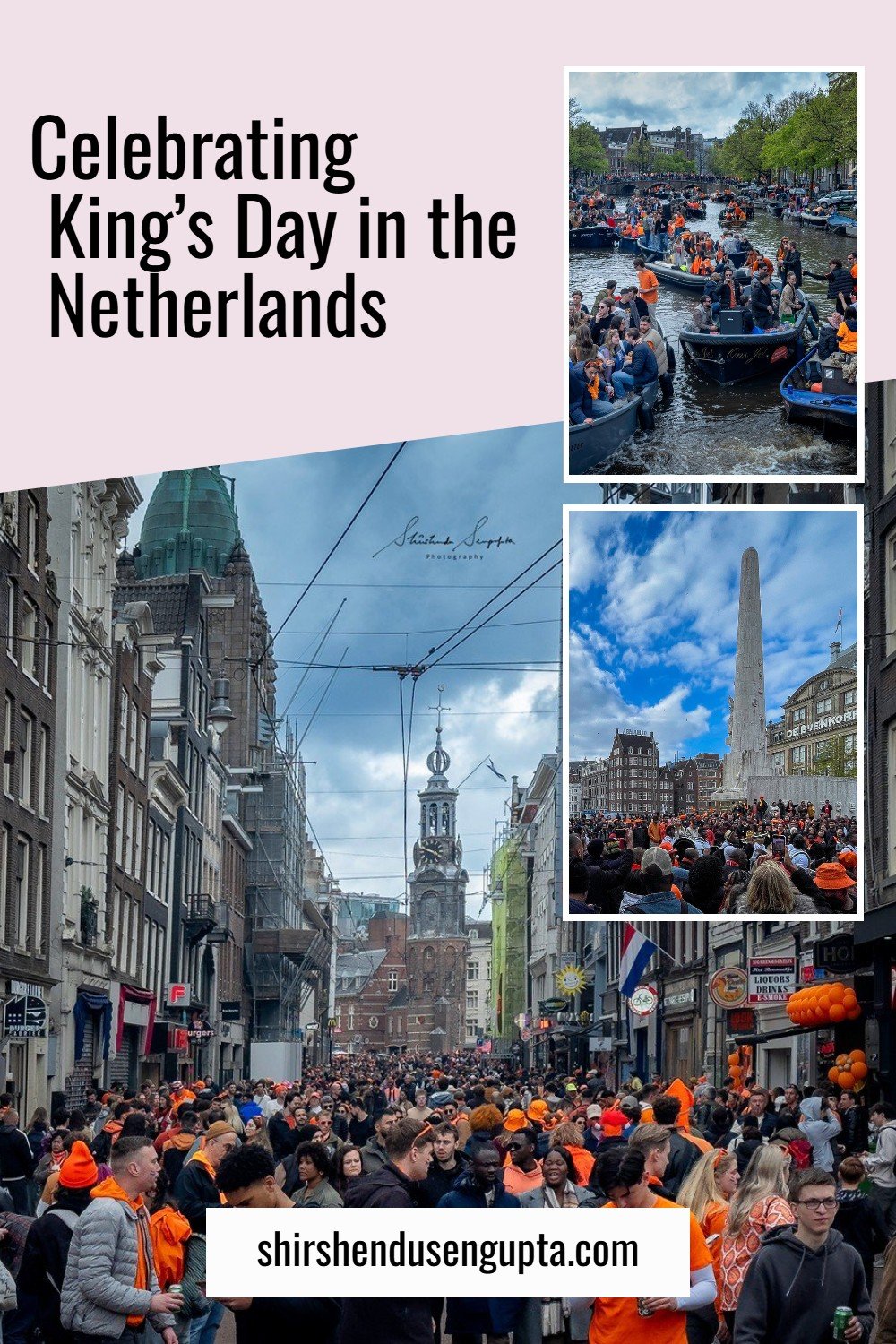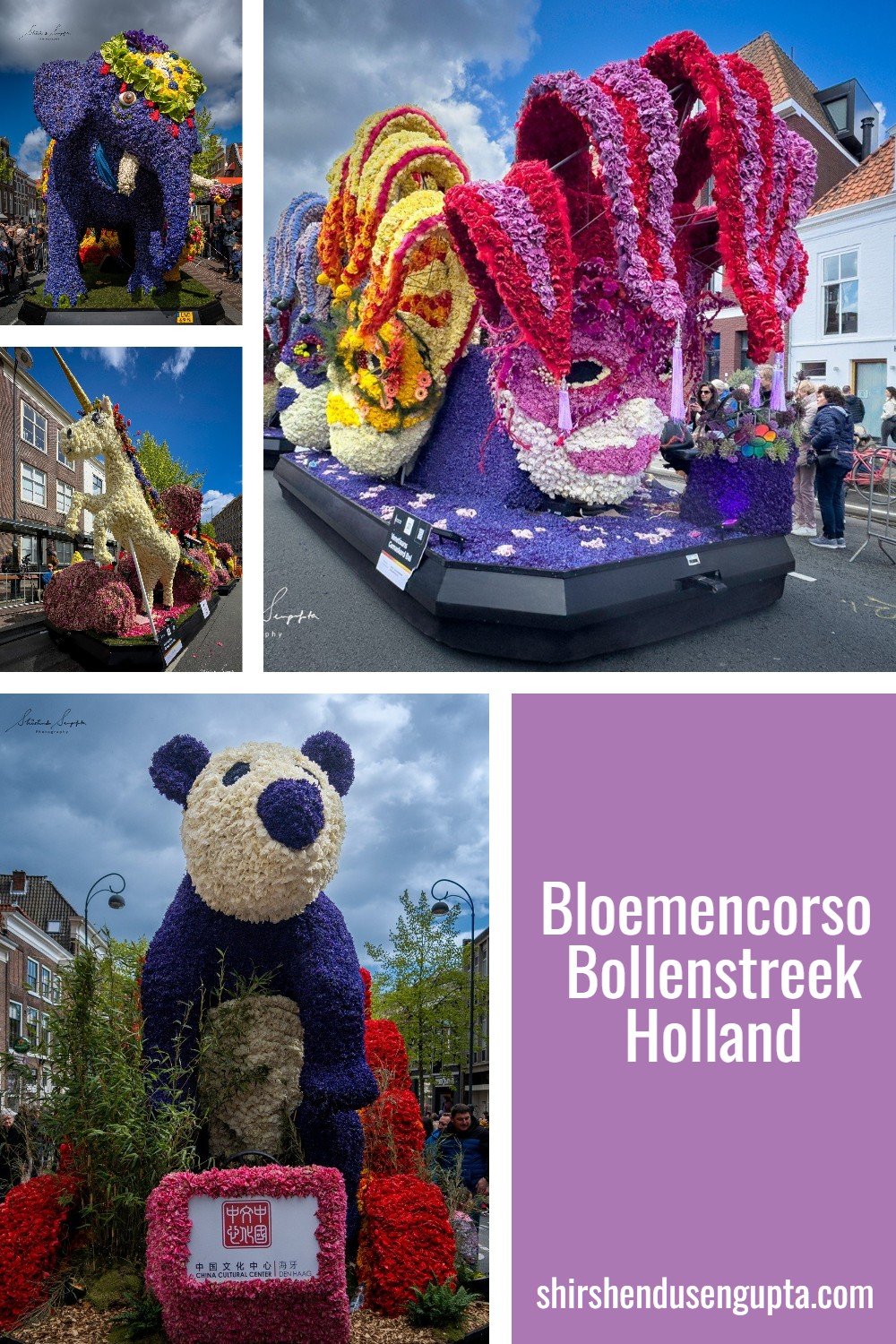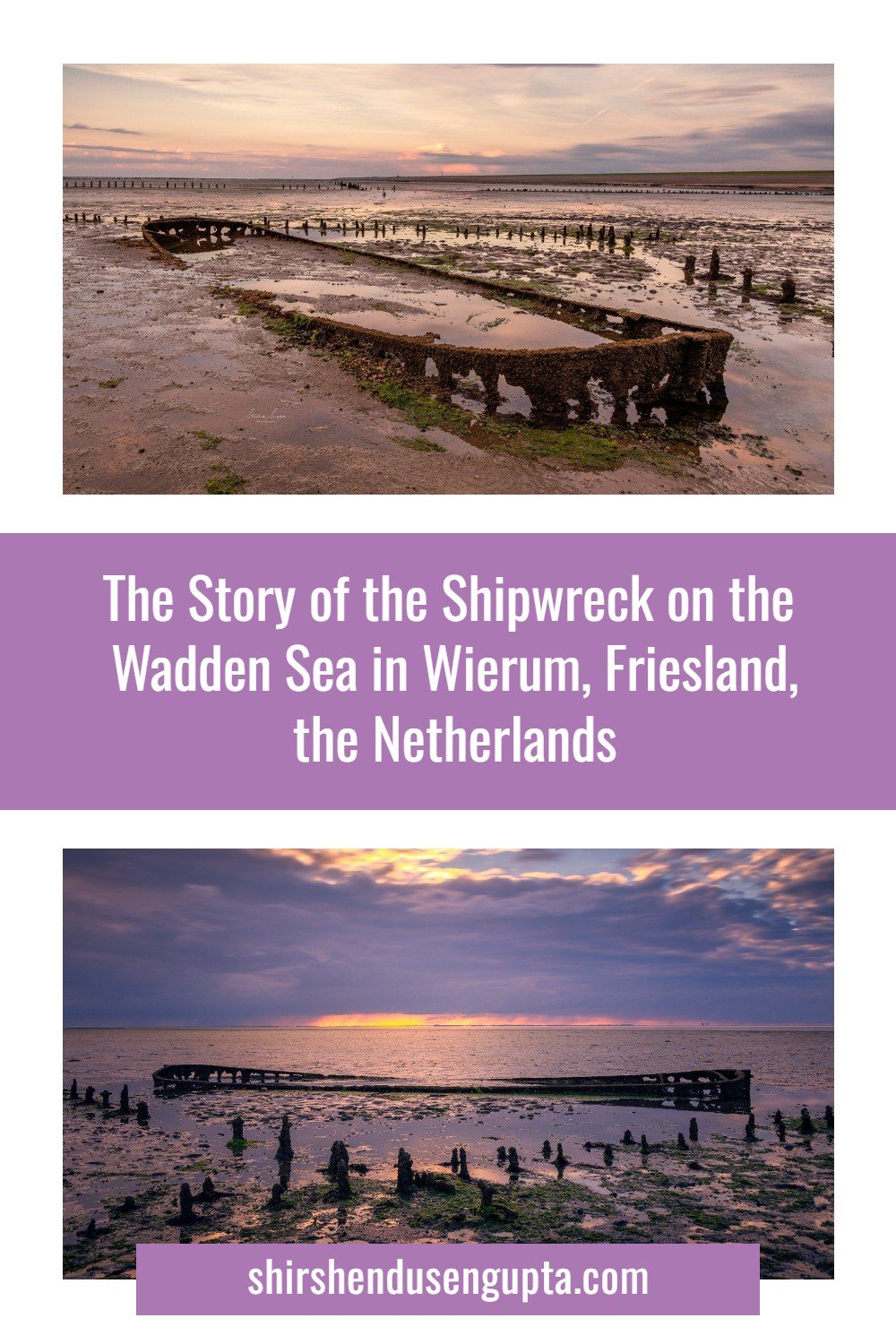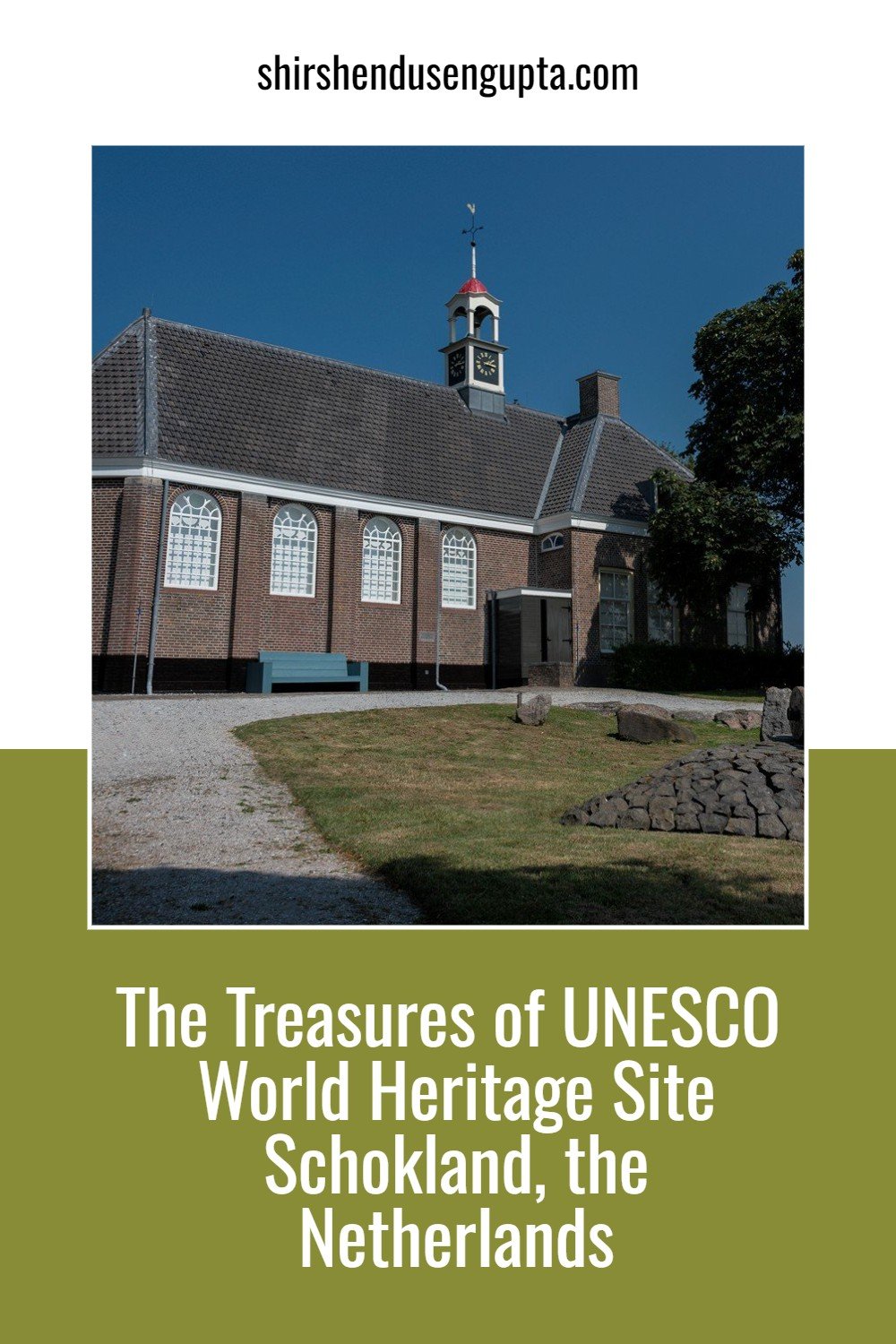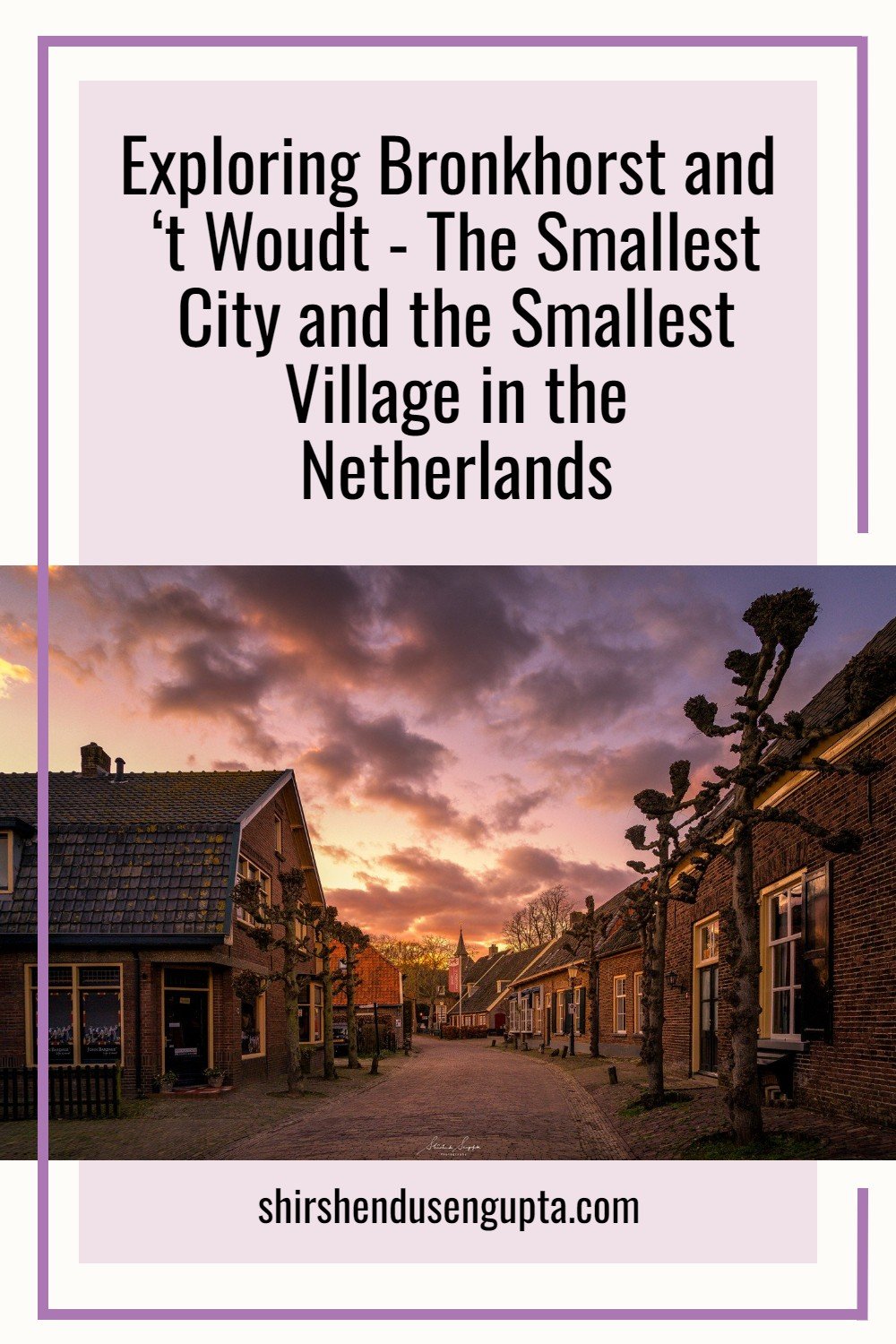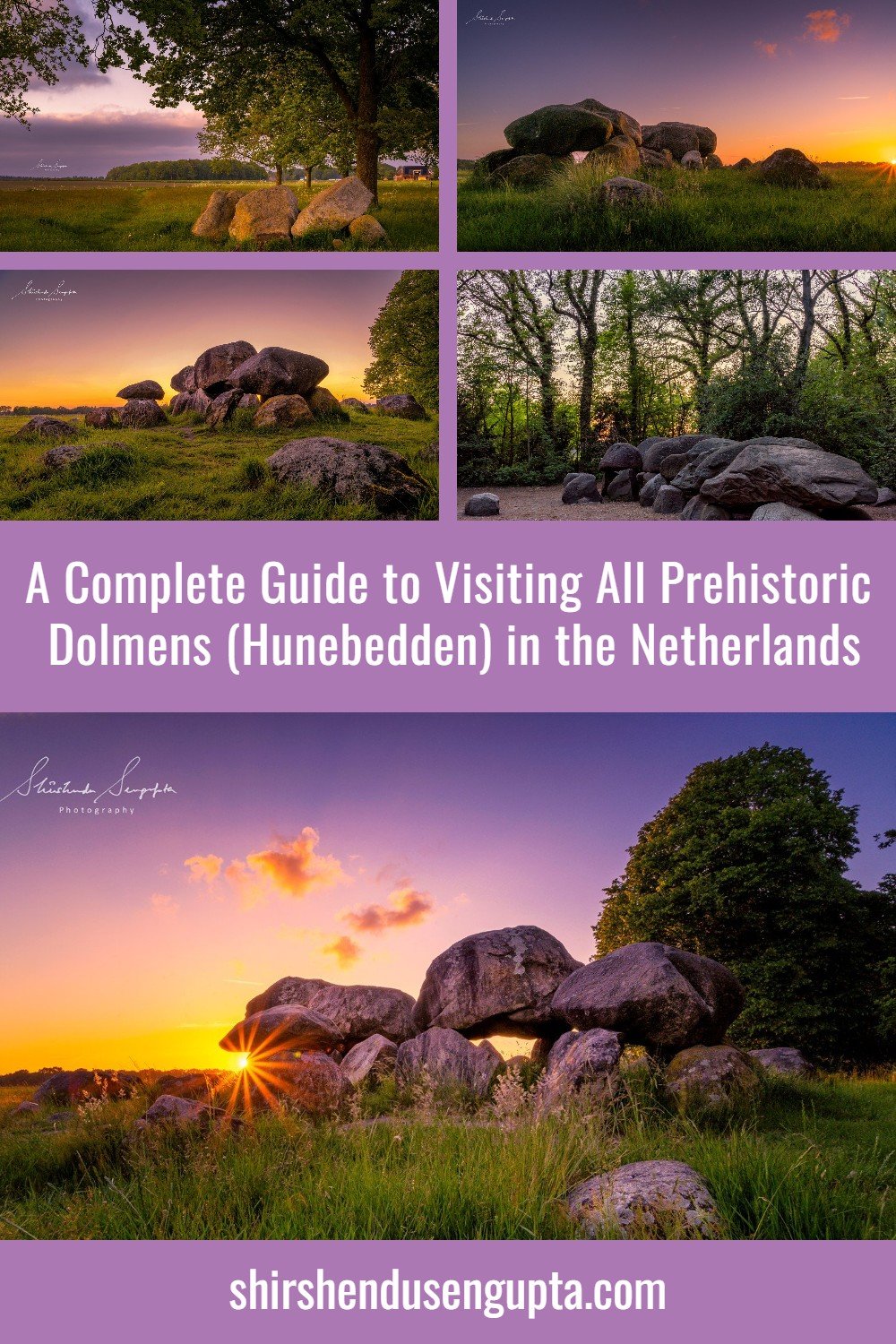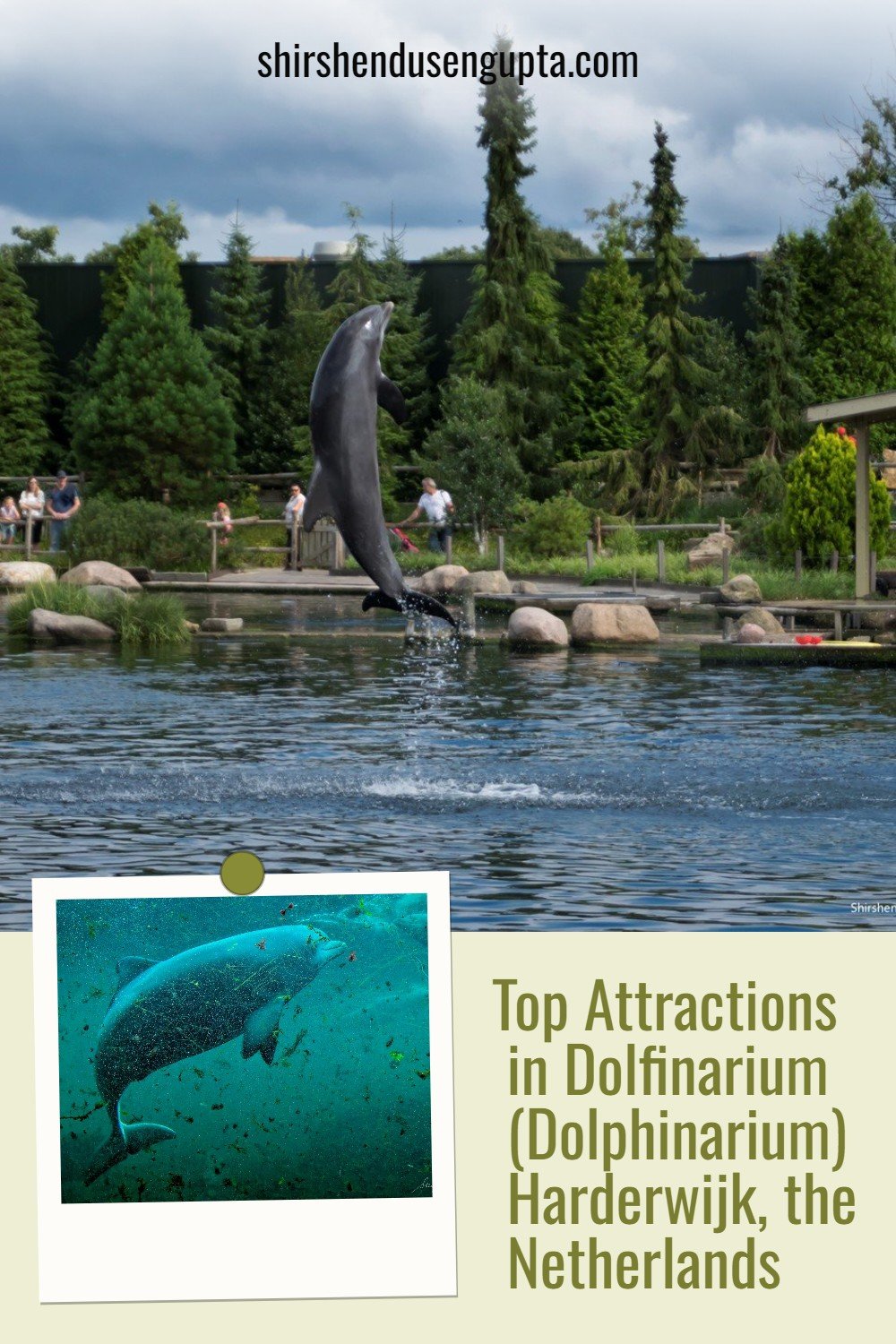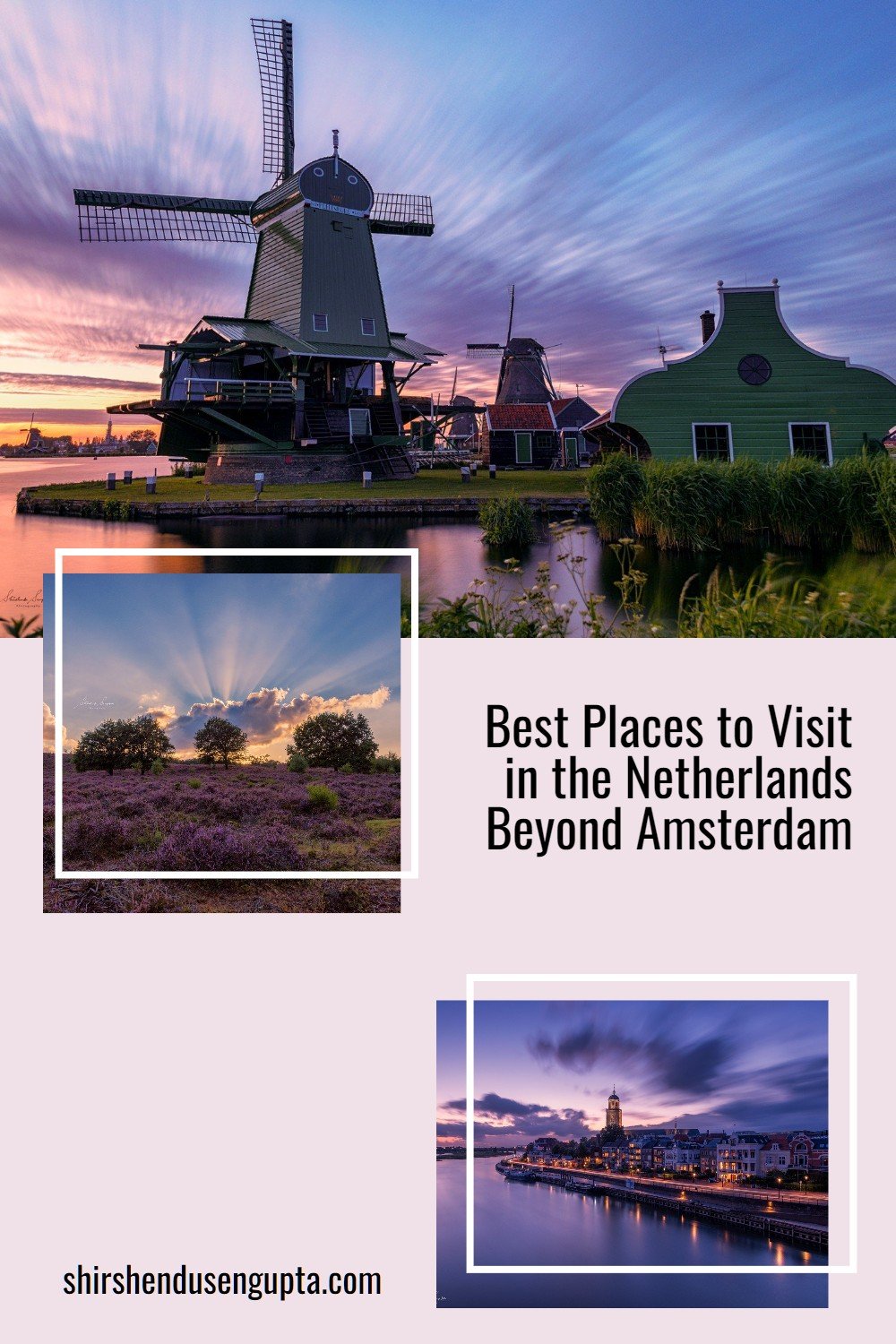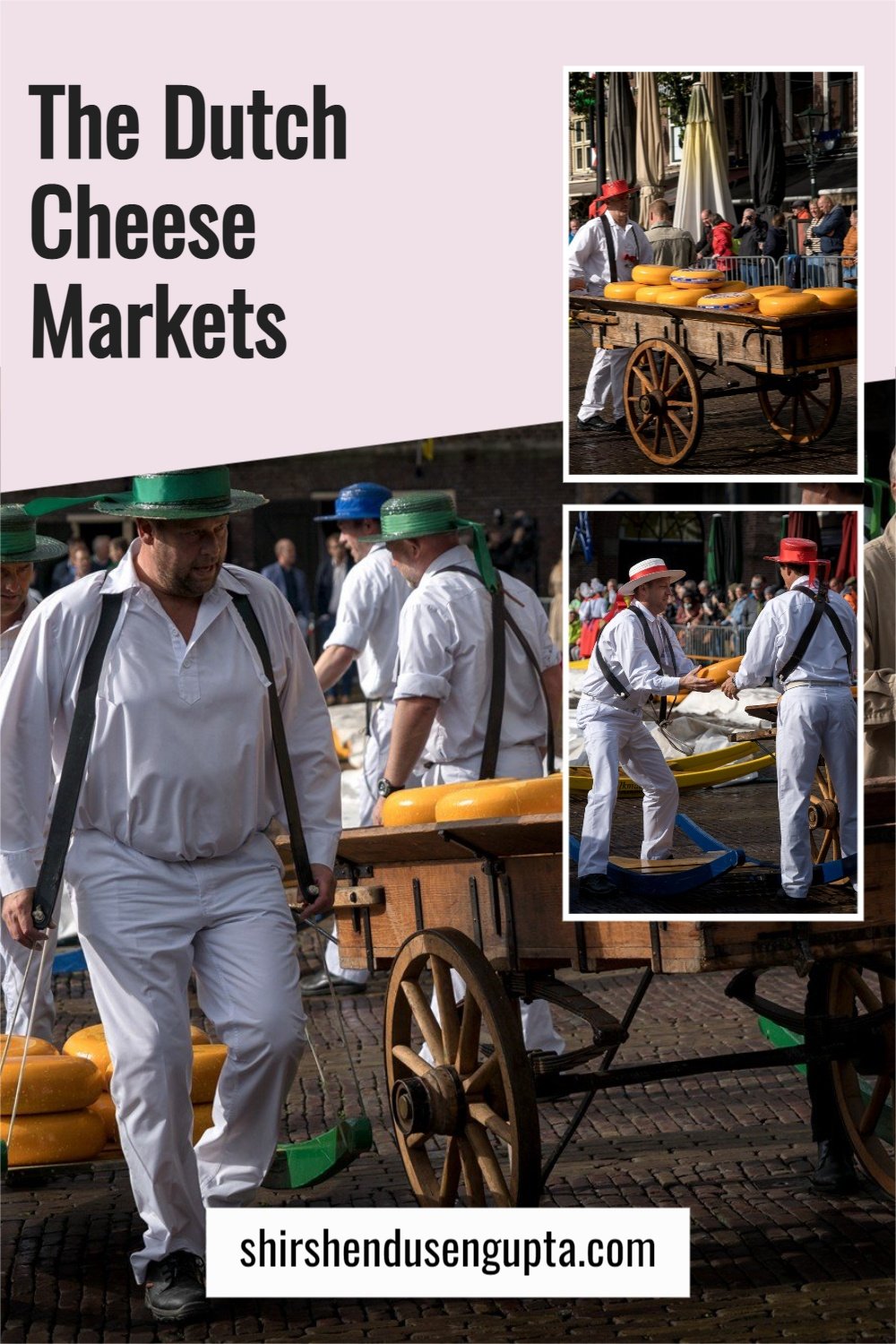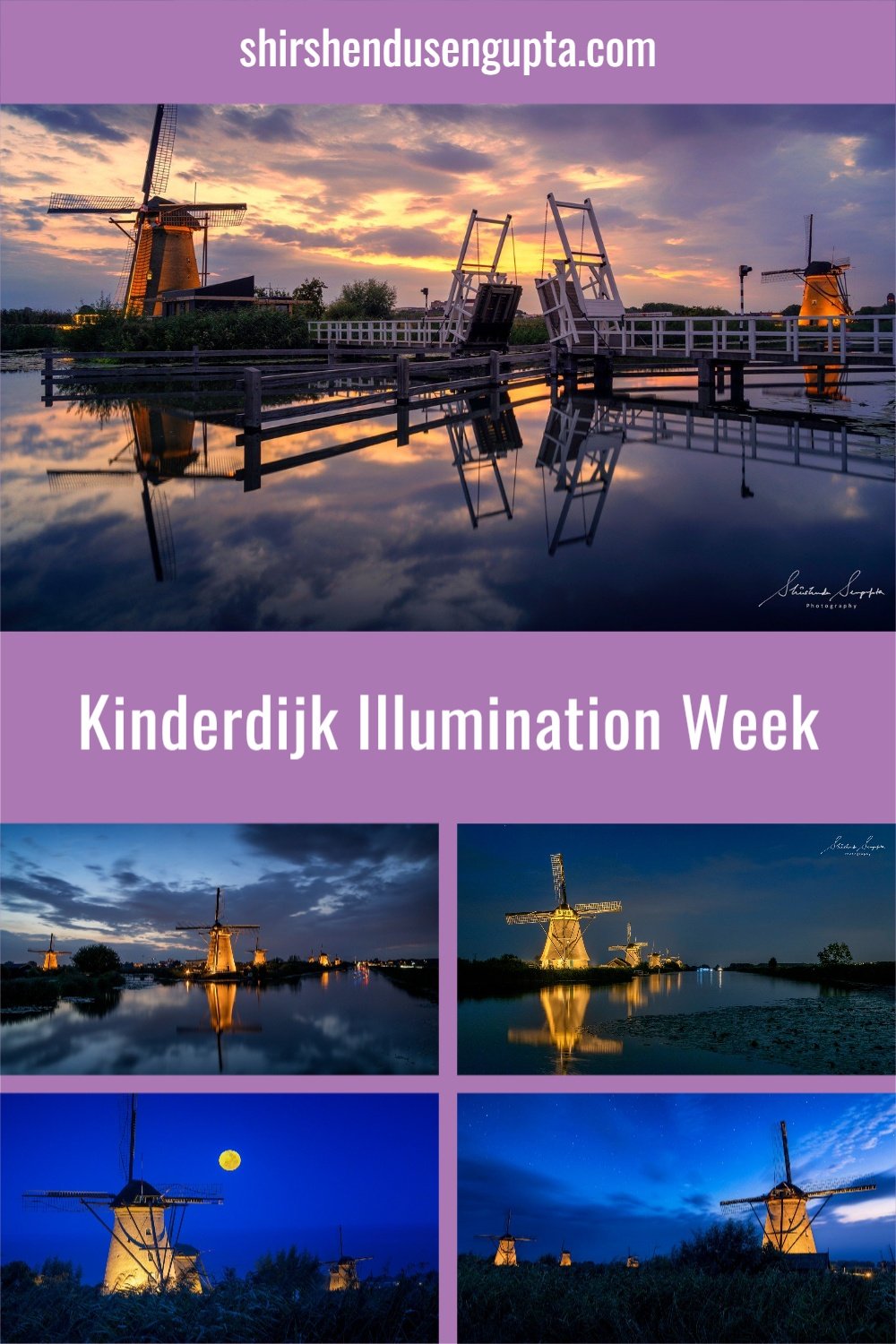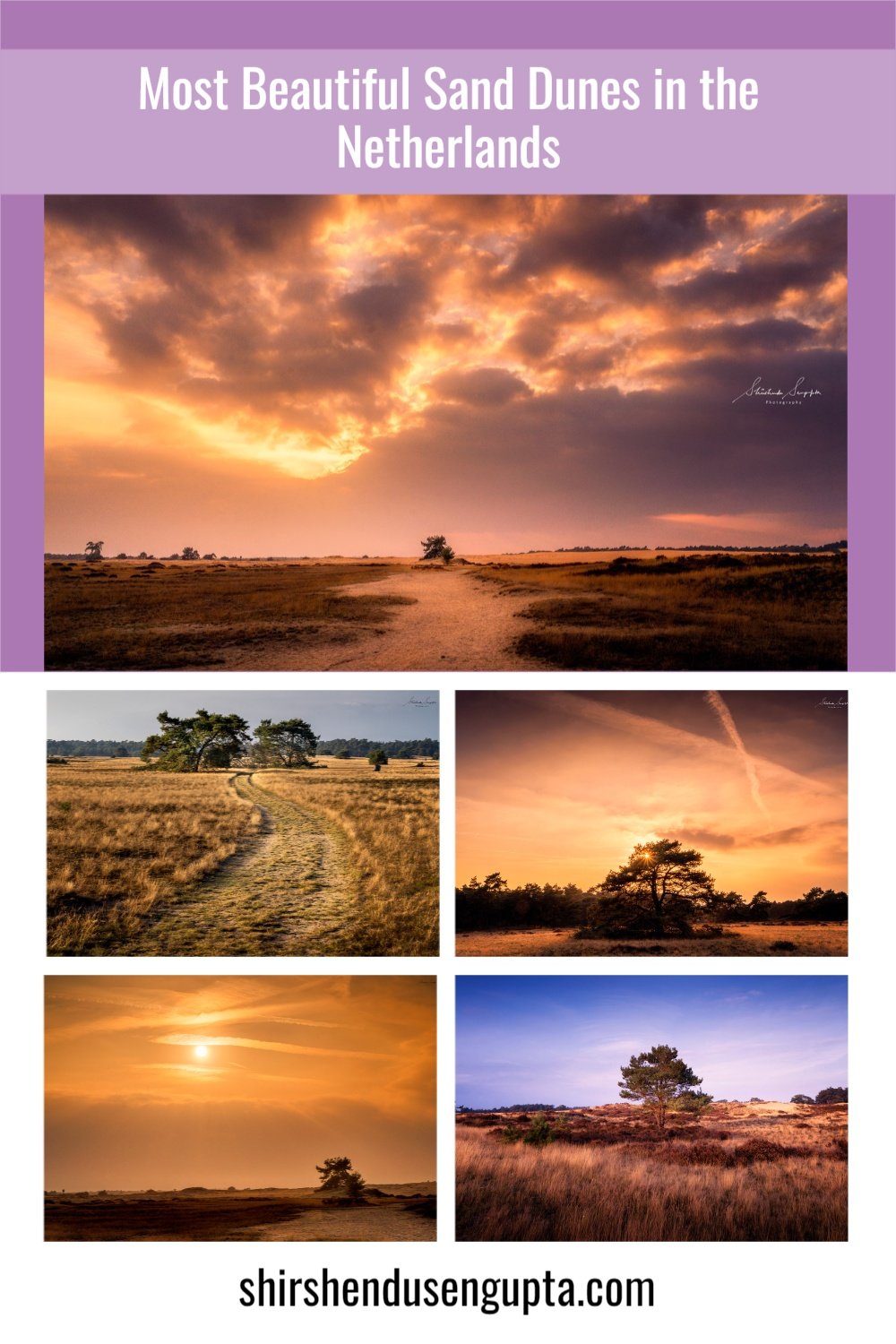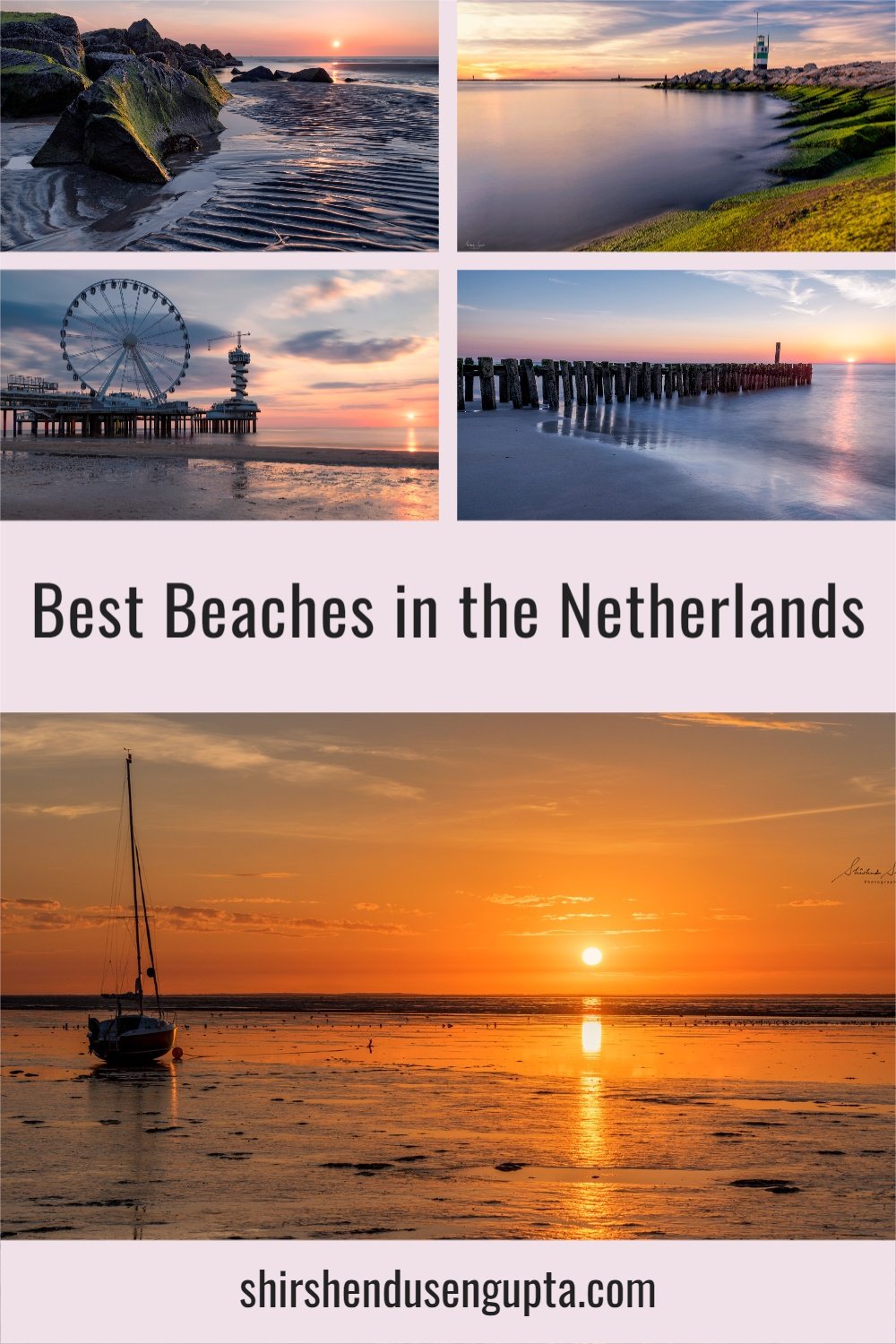Discover Friesland | 9 Best Places to Visit in Friesland, the Netherlands
Where is Friesland?
Friesland, historically called Frisia, is the northernmost province of the Netherlands. Friesland has a long coastline that stretches along the IJsselmeer (the largest inland lake of Western Europe) and the Wadden Sea. It is mainly located on the mainland but also includes several small Wadden islands. The Frisians (as they proudly call themselves) consider themselves separate from the rest of the Dutch and hence have their own flag and language named Frisian.
Why should one visit Friesland?
To me, Friesland is the most serene province in the Netherlands, covered with unspoiled lush green pastures filled with grazing livestock, water bodies loaded with sailboats, towns steeped with history, a muddy Wadden sea adorned with Frisian islands, and most importantly, not well known among tourists. That makes it an ideal spot for vacationers who are in the pursuit of silence, peace, and tranquility. In this article, I’m going to share with you the 9 best places to visit in Friesland. So let’s begin!
9 Best Places to Visit in Friesland
1. Leeuwarden
Whenever we talk about Friesland, we have to begin with its provincial capital Leeuwarden. With an unexpected mix of architectural style, winding alleys, and canal-lined cafes, Leeuwarden is easily the best spot to start a trip in Friesland. In the evening, the city's canals are lit up over which a continuous stream of bikers rides happily until midnight. And if you want to experience the northern hospitality, hit one of the many coffee shops or bars throbbing with fun-loving Liwwadders (as people from Leeuwarden are formally recognized).
2. Sneek
Sneek is popularly known as the water sporting capital of Friesland. The final of the Skûtsjesilen championships happens here. It also hosts the most significant inland water event in Europe - Sneekweek.
Sneek was founded in the 10th century and served as an important trading hub for many years. Like every mercantile city in the Netherlands, Sneek has a canal belt constructed for facilitating water traffic throughout the city. And one of the most iconic landmarks along the canal belts of Sneek is the Waterpoort (Water Gate). Little is known about Sneek's middle ages watergate. It’s thought to be built around 1492 by an unidentified designer, and its primary function was to manage the water streaming into the town. At that time, towns and cities were constructed around thick stone walls for defense from opponent intrusion. The Dutch utilized the water as moats as an additional defense line, taking benefit of its low-lying terrain.
3. Dokkum
With well preserved fortified town walls, stepped gables, canals, and drawbridges, the historic city of Dokkum instantly takes you back a few centuries. In spring, the walking routes, bridges, and strongholds are lined with blooming flowers creating one of a kind ambiance. Apart from these, the two working Dokkum windmills standing on the western side are also trendy tourist spots.
And if you want to know more about such places to visit iconic windmills in the Netherlands, please read our article 12 Best Places to See the Most Iconic Windmills in the Netherlands | 12 Most Famous Dutch Windmills | Visit The Most Beautiful Windmills of Holland.
4. Hindeloopen
If you want to visit one Frisian city that reflects the whole of Friesland in a nutshell, that’s Hindeloopen. Diked pastures with grazing sheep, winding cobbled back alleys, flower-bedecked mesh of canals, a plethora of drawbridges and a jungle of yachts on the IJsselmeer, the smallest city of Friesland fairly captures its overall characteristics. And just if you thought Frisian is difficult enough to comprehend, in Hindeloopen, they speak a strongly accentuated dialect named Hindeloopers that retains the medieval vowels giving it a distinctive sound.
5. Wierum
Wierum is a mound village on the northern coast of the Netherlands that originated on a salt marsh near the sea in the early Middle Ages. This dangerous location has not been without consequences. The northeastern part of the mound has disappeared into the sea, putting that part of the village at risk of the waves. The iconic church now seems to lean against the high seawall. If you climb the dike that was built to protect the village from the sea, you can witness spectacular sunsets with the sunlight shining off the muddy Wadden Sea.
6. Old Shipwreck near Wierum
Near the village of Wierum is an old shipwreck from the second world war times that emerges from the sea only during low tides. This wreck symbolizes a crucial part of the Wadden Sea's cultural history - the struggle for territory between man and nature that occurred here from the Middle Ages to the present. It first appeared close to the Schoorsterhoofd, in the west but eventually started to wander towards Wierum and ended up becoming trapped in the mud. Ever since it’s been here getting gradually affected by the ebb and flow gradually but steadily affecting the praam.
To know more about the shipwreck near Wierum and how to visit it, please read our article The Story of the Shipwreck on the Wadden Sea in Wierum, Friesland, the Netherlands.
7. The Mummiekelder (Mummy Cellar) in Wiuwert
Let me ask you a “Did you know?” question. Did you know there are Mummies in the Netherlands? That too, naturally mummified? If not, then you ought to visit this place. It’s called the Mummiekelder (Mummy Cellar) and is housed in the crypt of a small church in Wiuwert, a tiny village in the province of Friesland. Before we proceed, let me share with you the riddled story of Wiuwert's ancient mummies. It is still not scientifically proven how the bodies may be so well preserved since 1609. The crypt is a mystery and houses the secret of Wiuwert.
Wieuwert is located in the heart of Friesland, between Leeuwarden, Sneek and Franeker. Wieuwert originated on a mound around the beginning of the Christian era. For a long time, the inhabitants were focused on fishing, but from the 18th century, it became more and more agricultural. Today, the village has only 240 inhabitants, but annually more than 10,000 tourists visit the 19th century reformed church in the village. Not to attend a church service there, but to see the burial vault located underneath the church.
In 1765, carpenters accidentally found seven intact bodies in the burial vault while carving wood in the church. The shocked carpenters ran out of the Nicholas Church in panic. The remarkable thing was that the bodies still had their clothes on, and their skin looked as if they had only just been buried there. Thanks to various studies, we now know that they are natural mummies, not prepared or embalmed, but preserved due to the cellar's natural climate. During the examinations at the former University of Franeker, two of the seven mummies disintegrated. Another one got smuggled, probably to America, but proof has never been found. The remaining four are a fourteen-year-old girl who died of tuberculosis in 1610, a woman who died a quiet (old-age) death in 1618, a man who suffered a painful death from a jaw abscess, and the goldsmith Stellingwerf, who apparently died peacefully and was last buried in the basement, in 1705. The clothes have decayed, but the bodies of the remaining four people are still there. And for the goldsmith, even the eyeballs are still intact! Apart from the human mummies, a few mummified animals like a cat and a few birds were also found. They are also preserved in the crypt for viewing.
To know more about the mystery of the Mummiekelder and how to visit it, please read our article The Mummies of Wiuwert | The Mystery of the Mummiekelder (Mummy Cellar) in Friesland, the Netherlands.
8. Ecokathedraal (Eco-Cathedral)
Eco-cathedral is a site where people, animals, and plants coexist with abundant unfettered energy endlessly, aimlessly! In actuality, this signifies a location (private or public space) where processes are naturally given time rather than being kept in a conventional manner with the aid of a lot of upkeep. Plants and shrubs can be introduced over time without affecting the current vegetation. By building structures out of natural resources (for instance, stones left over from pavement construction), variety can also be added to the landscape. Cement and mortar are not used so that little animals, insects, or plants, can nest in the small cracks and holes.
A Dutch visual artist, philosopher, and landscape architect (who liked to call himself ‘Ecotect’) Louis Guillaume Le Roy (1924–2012) is credited with coining the term ‘Eco-cathedral.’ The name is made up of two elements, ‘Eco’ standing for the natural world, and ‘Cathedral’ for the culture. He intended this to convey the idea that culture and environment should coexist.
The Ecokathedraal, which is located close to the town of Mildam in the gemeente (municipality) of Heerenveen, in the Dutch province of Friesland, was constructed in 1965 by Louis le Roy, who acquired an empty plot of land in that area. He worked out a deal with the municipality so that unused bricks and construction waste would be delivered to him. He progressively built the buildings that would eventually make up his ‘Eco-tectural’ artwork without using any machines or cement. Le Roy argued that every Dutch town should set aside 1% of its area as an eco-cathedral.
To know more about Ecokathedraal, please read our article Ecokathedraal (Eco-Cathedral) | An Art Project and Natural Monument by Louis le Roy in Mildam, Heerenveen, the Netherlands.
9. Frisian/Wadden Islands
Apart from these, you can visit the popular Frisian islands of Texel, Ameland, Terschelling, Vlieland, and Schiermonnikoog. The Frisian Islands are characterized by dunes, beaches, lighthouses, and quaint town centers. Though they are time-consuming to reach as you first have to travel up to the coast by road and then take a ship to each of these islands, however, the serenity there is hypnotizing and too addictive to leave behind and return to the hustles and bustles of the city life.
To know more about the Dutch Beaches and coastal towns, please read our article 27 Best Beaches in the Netherlands | Top 27 Dutch Coastal Towns for a Summer Holiday in the Netherlands.
Other Interesting Cities and Towns in Friesland
If you are done visiting these top places in Friesland, you could also visit some other interesting cities and towns in the province like Harlingen, Franeker, Bolsward, and Sloten.
Visiting the Netherlands
Best Time to Visit: The best seasons to travel to the Netherlands are spring (April to May) when tulips are in full bloom and early fall (September to October) when beautiful fall colors are everywhere. The weather is mild and pleasant during these times, and the crowds are generally smaller compared to the peak summer season (June to August).
Number of Days to Stay: Seven to ten days are perfect for touring the Netherlands. This allows you to visit major cities like Amsterdam, Rotterdam, and The Hague, as well as explore smaller towns and attractions such as Utrecht, Haarlem, Maastricht, and the tulip fields. It also gives you time to experience the Dutch countryside and iconic windmills.
Best Place to Stay: Amsterdam, the capital of the Netherlands, is a great place to start your Dutch exploration. It has a large selection of accommodation options, ranging from high-end hotels to inexpensive hostels. Major attractions in the city include the Rijksmuseum, the Anne Frank House, and the Van Gogh Museum. For those seeking a more contemporary urban experience, Rotterdam is a fantastic choice because of its modern architecture and vibrant cultural scene. Additionally, it is a significant transportation hub that facilitates travel around the country. Den Haag (The Hague) which is the seat of the Dutch government and the International Court of Justice, is home to many historical landmarks, museums, and beaches. For those who like to avoid the bustle of the bigger cities, Utrecht is a wonderful option because of its convenient central location and quaint medieval old town. It has excellent train connections to various regions of the nation.
Best Way to Arrive: Amsterdam Airport Schiphol, one of Europe's busiest airports, serves as the primary international entry point into the Netherlands. It is connected to numerous international destinations. The Netherlands has excellent train connections to its surrounding nations. Amsterdam is connected to cities like Brussels, Paris, London, and Berlin via international trains like Thalys, Eurostar, and ICE. Numerous international bus companies, including FlixBus, run services from different European cities to the Netherlands. You can also drive to the Netherlands by car, especially if you want to explore the surrounding regions. There is a vast road network throughout the nation, and airports and major cities offer car rental services.
Best Local Mode of Conveyance: The Netherlands has a first-grade public transportation system consisting of buses, trains, trams, metros, and ferries. A contactless smart card called the OV-chipkaart is used to board all public transportation. Nederlandse Spoorwegen (NS) runs the trains, which are the most convenient means of transportation between cities. In addition to ridesharing services like Uber, taxis are accessible in all major cities. The Netherlands is well-known for its cycling culture, featuring bike-friendly infrastructure and designated bike lanes all around the nation. Cities in the Netherlands are very walkable, especially the central areas of Amsterdam, Utrecht, and The Hague. In cities like Amsterdam, canal boats are a popular way to see the city from a different perspective. Various companies offer canal cruises and water taxis.
Epilogue
So those were the 9 best places to visit in Friesland. Please let us know in the comments below if you enjoyed reading this article.
And if you want to explore some more hidden treasures in the Netherlands, please read our article Netherlands Off The Beaten Track | 43 Best Hidden Gems in the Netherlands, or if you want to know about more such places to take fantastic pictures in the Netherlands, please read our article Instagrammable Netherlands | 39 Best Photography Locations in the Netherlands | 39 Top Photo Spots in the Netherlands. Until then, merry traveling and happy shooting!
Pin the article
Bookmark the article for reading later!
Want to license/buy photos in the article?
License photos for commercial/editorial use or buy photo prints!
Want us to write an article for you?
Articles for magazines, newspapers, and websites!
Watch our Videos
Check out our videos on our Youtube Channel!
Join the Newsletter
Get updates on our latest articles!
We respect your privacy. Read our policy here.




